Strong move
Looking back on 80 years of construction and development, Vietnam's Agriculture and Environment sector (1945-2025) has emerged as a steadfast pillar of the economy , as well as a solid support in all social challenges, from economic crisis to natural disasters and epidemics. In each historical period, agriculture has always played a strategic role.
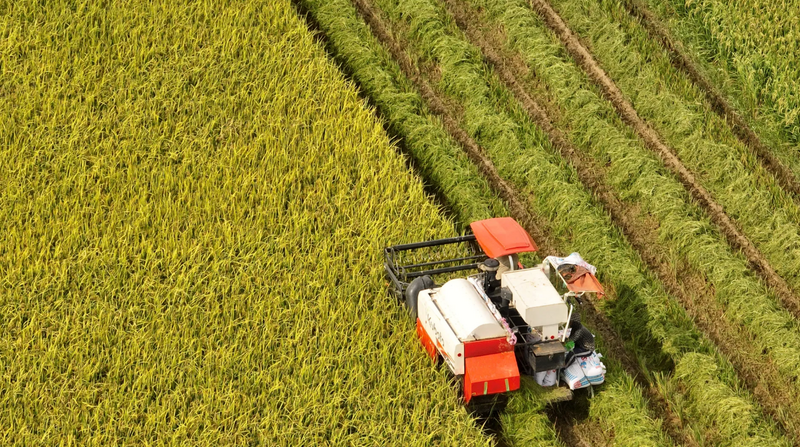
Agriculture not only ensures national food security but also makes an important contribution to global food security. Illustrative photo
Accordingly, in the period after the August Revolution (1945-1954), agriculture played an important role in focusing on hunger eradication for the country. In the period before national reunification (1955-1975), agriculture contributed to the development of the socialist economy in the North, ensuring food security in the South. In the period after reunification (1976-1985), agriculture followed a planned economic model. In the early stage of the renovation process (1986-2000), agriculture prioritized agricultural development to ensure food security, improve living standards, and promote exports. In the period of integration and new rural construction (2001-2010), rural agriculture developed rapidly, making Vietnam an agricultural powerhouse in the world . During the restructuring period (2011-2020), agriculture has transformed towards increasing value and sustainable development, effectively contributing to overall growth and increasing farmers' income. And from 2021 to now, green, circular agriculture is becoming an inevitable direction.
Currently, Vietnam has emerged as an agricultural powerhouse, with nearly 10 million farming households and millions of businesses participating in the agricultural value chain. Agriculture not only ensures national food security, but also contributes significantly to global food security. This is a vivid demonstration of the industry's remarkable growth, from a self-sufficient production base to an integrated, modern and sustainable agriculture.
Speaking to reporters, Mr. Nguyen Minh Tien, Director of the Agricultural Trade Promotion Center, Ministry of Agriculture and Environment, emphasized that Vietnam has a rich and diverse agricultural sector, with many agricultural products recognized in demanding markets such as the US, EU, Japan and Australia. From the fruit gardens in the Southeast to the fertile rice fields in the Mekong Delta and the Red River Delta, Vietnamese agricultural products are increasingly asserting their position thanks to their superior quality, high safety and increasingly solid reputation.
From the market perspective, product quality is the “backbone” of a brand. The strong transformation of Vietnamese agricultural products does not stop at quality or design. Enterprises are focusing on building brand stories, combining local knowledge and specialty agricultural sources, to meet the increasingly stringent requirements of the international market.
An efficient distribution system and digital transformation have become the “golden key” for Vietnamese agricultural products to access large markets. The development of e-commerce on platforms such as Amazon or Alibaba is opening up the shortest and most effective path, minimizing barriers to inspection, supervision and complicated procedures. In fact, Vietnamese specialty agricultural products on Amazon are growing impressively, demonstrating the vitality and rapid adaptability of the industry.
Towards green, circular agriculture
Along with market integration, Vietnam is entering the era of green, circular agriculture. The merger of the Ministry of Agriculture and Rural Development with the Ministry of Natural Resources and Environment into the Ministry of Agriculture and Environment is an important step, creating a legal basis and orientation for emission-reducing production models and circular economy.
This trend also reflects the global context. At the World Food Forum in October 2025 in Rome (Italy), emission reduction and the development of industry impact assessment models were priorities. In Vietnam, the Ministry of Agriculture and Environment approved a project for the crop sector associated with emission reduction, aiming for zero emissions by 2050. The livestock, processing and aquaculture sectors are also oriented towards circular economy principles, meeting national environmental commitments, while creating a safe, efficient and consumer-friendly production environment.
Over the past 80 years, the Agriculture and Environment sector has undergone historic progress, from traditional, self-sufficient production to a modern, integrated and sustainable agriculture. Combining product quality, brand, distribution channels and digital transformation, Vietnamese agricultural products have not only stood firm but also reached international standards. In the era of green agriculture, each container of exported agricultural products is not only a turnover figure, but also a vivid demonstration of Vietnam's capacity, aspiration and identity in the global arena.
From having to import 600,000 to 1 million tons of food annually, in 1989, Vietnam exported 1.4 million tons of rice and continuously exported in the following years. In 2024, Vietnam achieved a record rice export of more than 9 million tons, earning 5.7 billion USD. In 2025, in the context of a volatile global rice market, Vietnam still maintained its position as one of the world's leading rice exporters, with export rice prices among the highest in the world.
Notably, Ong Cua ST25 rice won the “World’s Best Rice” award for the third time, further strengthening the reputation of the Vietnamese rice industry, contributing to maintaining its position, enhancing brand value and expanding long-term sustainable export opportunities. At fairs and exhibitions, low-emission rice products are introduced, demonstrating the transition from traditional production models to green agricultural products, meeting the increasing consumer demand of the market.
Looking to the future, according to Mr. Tran Cong Thang, Director of the Institute of Strategy and Policy on Agriculture and Environment, global environmental standards are increasingly strict, requiring Vietnamese agricultural products to "green" production, demonstrate sustainability and not deforest. Developing organic and circular agriculture is no longer an option but a mandatory path to maintain competitive advantage. In addition, protecting resources, adjusting land use planning, and effectively monitoring water, forest and mineral resources using digital technology have also become prerequisites.
In 2025, the 80th anniversary of the Agriculture and Environment sector is considered an important milestone, recognizing the strategic role of agriculture, farmers, rural areas, natural resources and environment in the cause of national development. Promoting the glorious tradition, the sector is strongly innovating, applying science and technology, digital transformation, towards ecological agriculture, green economy and the future of "a strong, prosperous, green and sustainable Vietnam".
From fruit growing areas to fertile rice fields, Vietnamese agricultural products have been demonstrating their ability to adapt, innovate and reach global standards, while moving towards green, circular agriculture. Entering the era of circular agriculture, with product quality, brand consolidation and digital transformation in distribution, Vietnamese agricultural products are ready to reach international standards.
Source: https://congthuong.vn/dau-son-80-nam-nong-san-viet-vuon-tam-the-gioi-trong-ky-nguyen-xanh-429897.html


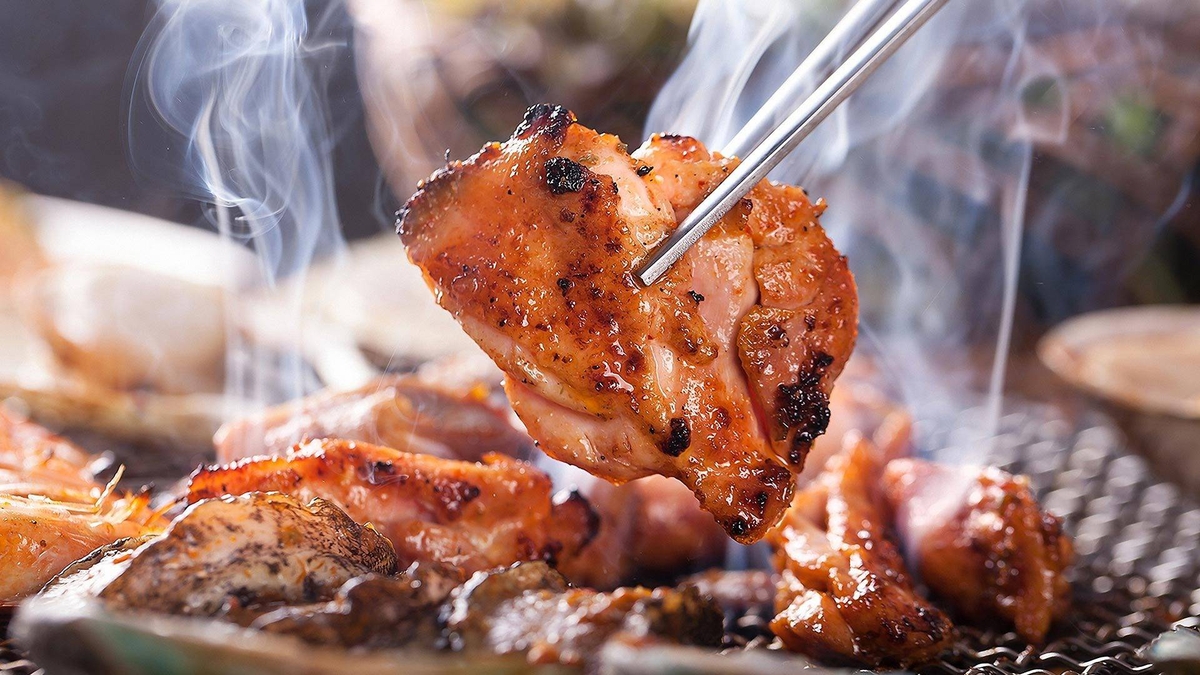







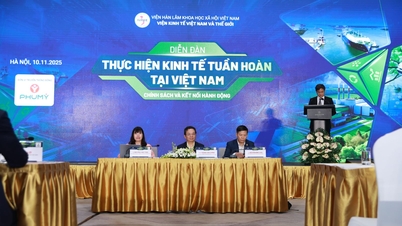
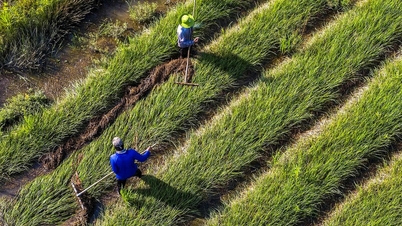





























































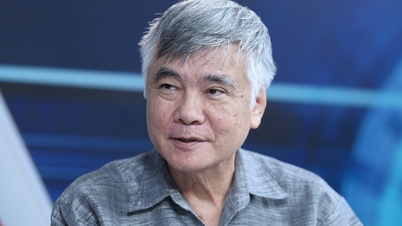



























![Dong Nai OCOP transformation: [Article 4] Reaching national standard products](https://vphoto.vietnam.vn/thumb/402x226/vietnam/resource/IMAGE/2025/11/11/1762825820379_4702-cac-san-pham-trai-cay-chung-nhan-ocop-nongnghiep-174649.jpeg)


![Dong Nai OCOP transition: [Article 3] Linking tourism with OCOP product consumption](https://vphoto.vietnam.vn/thumb/402x226/vietnam/resource/IMAGE/2025/11/10/1762739199309_1324-2740-7_n-162543_981.jpeg)






Comment (0)